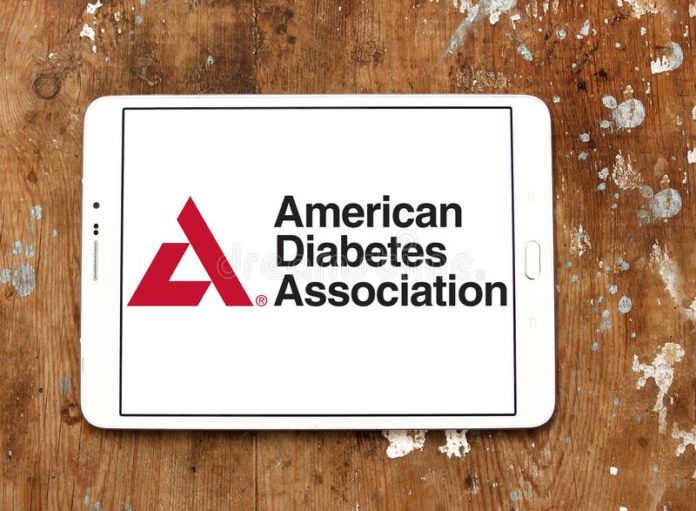The CREATE Trial results demonstrated that open source automated insulin delivery (AID) systems are a safe and effective treatment for people with type 1 diabetes. The results of a randomised controlled trial (RCT) comparing open source AID to sensor-augmented pump therapy (SAPT) were presented today at the American Diabetes Association82nd ®’s Scientific Sessions (ADA).
By combining an insulin pump, continuous glucose monitor (CGM), and an algorithm that automatically adjusts insulin delivery every five minutes to keep glucose levels in target range, open source AID systems were developed to reduce the burden of living with diabetes. The technology was created by diabetics and shared openly, also known as open source, so that others could evaluate it and decide whether or not to use it. These open source systems, which were available years before commercial AID systems, are used by people with type 1 diabetes all over the world.
The CREATE Trial is the first randomised controlled trial to assess the safety and effectiveness of the most widely used open source AID system. The study compared SAPT to open source AID, which used the OpenAPS algorithm from an AndroidAPS version implemented in a smartphone with the DANA-iTM insulin pump and Dexcom G6® CGM. A diverse population of patients, many of whom had little or no experience with AID, were enrolled in a 24-week, multi-center RCT that included children (7–15 years) and adults (16–70 years) to investigate the efficacy and safety of open source AID.
The trial’s findings included:
1.) The primary outcome was the percentage of time spent in the target sensor glucose range (TIR; 3.9-10 mmol/L [70-180 mg/dL]) by open source AID and SAPT during the final two weeks of the RCT.
2.) When compared to treatment without automation, both children and adults achieved more time in range (TIR) when using the open source AID system (SAPT).
– A total of 97 patients (48 children and 49 adults) were randomly assigned.
– The overall treatment effect resulted in a 14% difference in TIR in favour of the open source AID treatment group.
– At the end of the study, adults had a mean TIR (SD) of 74.511.9 percent (+ 9.611.8 percent from run-in; P0.001) and children had a mean TIR (SD) of 67.511.5 percent (+ 9.914.9 percent from run-in; P0.001). TIR in the SAPT group did not improve.
– Participants using open source AID met the TIR target of >70% set by international guidelines, compared to only 15% in the SAPT arm.
– Due to hardware issues, only two participants withdrew from AID.
– There were no cases of severe hypoglycemia or diabetic ketoacidosis in either treatment group. There was no overall increase in hypoglycemia.
– The improvement in range time in both children and adults using open-source AID was immediate and sustained throughout the study.
“We were encouraged to see the greatest improvements in time in range were in those who had the lowest time in range at the start of the study. This supports the finding that a wide range of people with diabetes who want to use this technology could benefit from it, regardless of their outcomes with previous therapies,” said Dana Lewis, diabetes researcher, a founder of the open-source artificial pancreas movement, OpenAPS, and study investigator.
“While open source AID is not yet approved by the FDA, we know people worldwide are using it to manage their diabetes. Our findings demonstrate that this is a safe and effective technology and adds to the body of evidence supporting use of open-source AID for improving glycemic outcomes,” commented Dr. Martin de Bock, pediatric endocrinologist at the University of Otago, Christchurch, New Zealand, and lead investigator of the study.










































































